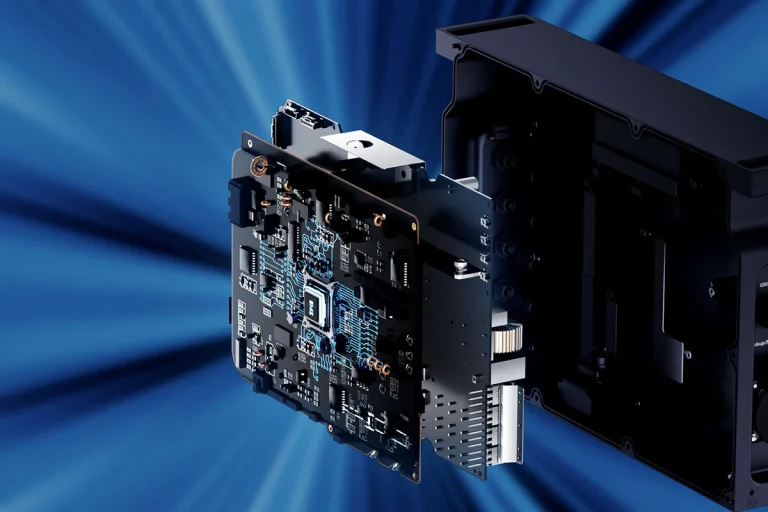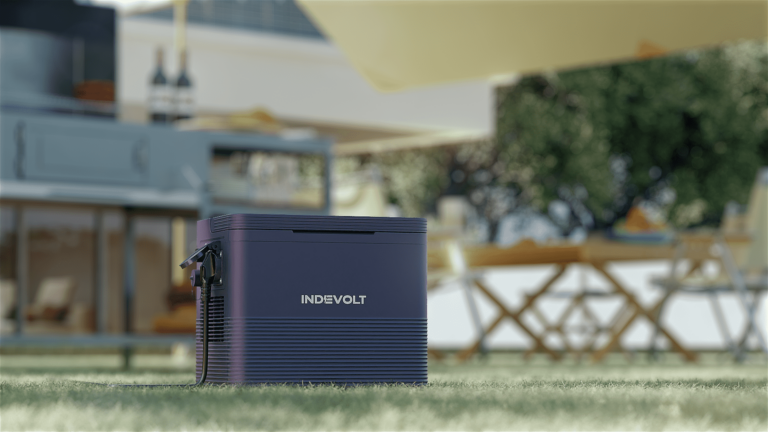How can I determine if a solar panel is defective? Tips & Signs
Solar panels are an excellent investment for generating eco-friendly energy and reducing electricity costs. But what happens if the system suddenly no longer delivers the expected performance? The cause could be a defective solar panel. But how do you recognize this? In this article, you’ll learn which tips and signs help identify defective solar panels and how to deal with them.
Why Is the Functionality of a Solar Panel So Important?
A functioning solar panel is crucial for the efficiency of your entire solar system. Even a single defective panel can significantly impair the performance of the entire system. While solar panels are robust and long-lasting, they can be damaged by various factors such as weather conditions, material defects, or installation issues.
Signs of a Defective Solar Panel
Here are some clear signs that your solar panel may be defective:
1. Lower Electricity Production Than Expected
- If your solar system suddenly produces less electricity, this could indicate a defective panel. Many inverters display the system’s current output. Compare these values with previous or estimated performance figures.
- Tip: Regularly check your system’s energy production to detect deviations early.
2. Visible Damage to the Panel
- Cracks in the glass or frame, discoloration, or delamination (peeling of layers) can be signs of physical damage.
- What to do: Conduct a visual inspection. Pay special attention to hairline cracks, which are hard to see with the naked eye but can impair efficiency.
3. Hotspots on the Panel
- A “hotspot” occurs when a cell overheats. This can be caused by shading, dirt, or defective cells.
- Note: Hotspots can drastically shorten a panel’s lifespan.
4. Error Messages on the Inverter
- Modern inverters display errors or warnings if something is wrong with the system. This may indicate a defective panel.
- Tip: Read your inverter’s user manual to understand the error codes.
5. Unusual Noises or Smells
- While rare, a defective panel may sometimes hum or emit a burnt odor. This indicates a serious problem that should be fixed immediately.
How Do I Test If a Solar Panel Is Defective?
If you suspect a panel is defective, you can perform the following tests to confirm:
1. Performance Measurement with a Multimeter
- Use a multimeter to measure the panel’s voltage and current. Compare the measured values with the manufacturer’s specifications.
- Caution: Turn off the system beforehand and work carefully, as solar panels generate electricity even in low sunlight.
2. Use an Infrared Camera
- An infrared camera can help identify hotspots or temperature differences on the panel surface. Such differences often indicate defective cells.
3. Measure Insulation Resistance
- An insulation resistance test can detect electrical leaks caused by damage to the panel.
4. Individual Panel Test
- Disconnect the suspected panel from the system and test it separately. If it generates significantly less current or voltage than specified, it is likely defective.
Common Causes of Defective Solar Panels
There are various reasons why a solar panel may become damaged. Here are the most common ones:
| Cause | Description |
| Weather Influences | Hail, strong winds, or extreme temperatures can damage panels. |
| Material Defects | Production errors such as poor solder joints or inferior materials. |
| Dirt | Leaves, bird droppings, or dust can impair efficiency and cause damage. |
| Poor Installation | Errors in assembly or wiring can lead to damage. |
| Aging | Over time, solar panels naturally lose efficiency. |
What to Do If a Solar Panel Is Defective?
A defective panel should be repaired or replaced as soon as possible to avoid further damage to the system. Here are the steps you should take:
1. Check the Warranty
Most solar panels come with a 10-year warranty. Verify if the damage is covered under the warranty and contact the manufacturer.
2. Consult a Professional
If you are unsure, have the system inspected by an expert. Professionals have the right tools to accurately diagnose the damage.
3. Replace the Defective Panel
If repair is not possible, the panel should be replaced with a new one. Ensure the replacement panel is compatible with your system.
How to Prevent Damage to Solar Panels
Prevention is better than repair! You can extend the lifespan of your solar panels with these measures:
1. Regular Cleaning
- Remove dirt, dust, and leaves from the panels. A clean surface maximizes energy production.
2. Protection Against Extreme Weather Conditions
- Install the panels in a sheltered location or use protective devices to shield them from hail and strong winds.
3. Professional Installation
- Hire experienced installers to avoid installation errors.
4. Regular Maintenance
- Have your system inspected regularly by a professional to detect issues early.
Conclusion: Recognizing and Acting on Defective Solar Panels
A defective solar panel can impair the efficiency of your entire solar system. Watch for signs such as reduced electricity production, visible damage, or error messages on the inverter. With the right tests and a quick response, you can fix the damage and extend the lifespan of your system. If you are unsure, you should always consult a professional.
Stay vigilant and maintain your solar system—it is, after all, a long-term investment in a sustainable future!
Would you also like to know how to optimally maintain your solar system? Just ask! 😊





